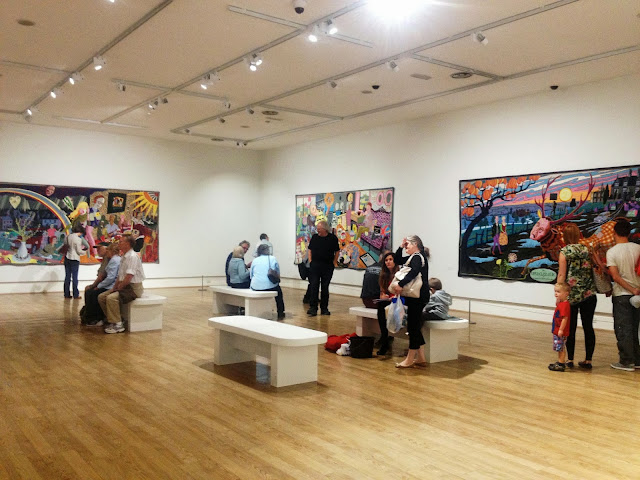Chatsworth, one of England's greatest country estate's, opened up its grand State rooms as inspiration to sixteen leading international artists for a contemporary take on its historic surroundings.
The Duke of Devonshire said: "Historically the internal decoration at Chatsworth was brought up-to-date by every successive generation, invariably with objects made by the best contemporary makers. I think it's entirely fitting that a new generation of modern masters should take inspiration from the best of the past to create these wonderful new works."
For me the Modern Makers exhibition was incredibly inspiring, and sparked real excitement about the prospects of exploring the language between contemporary craftsmanship and historic place. The exhibition aimed "to challenge perceptions about the role of contemporary crafts in historic settings by using Chatsworth's five State Rooms as inspiration. "
I was particularly drawn to the work of Ptolemy Mann who describes her exhibition as "more of an experience, something you move through, than a traditional installation that you view. Each panel embodies a certain colour that I found in the house itself and is a deep exploration of what I call Chromatic Minimalism"
Ptolemy talks more in depth about the how Chatsworth house inspired this exhibition in a short essay posted onto her blog Significant Colour. Below is a visual record of my journey as I walked through the house, including photographs from the Modern Makers Exhibition.





















































